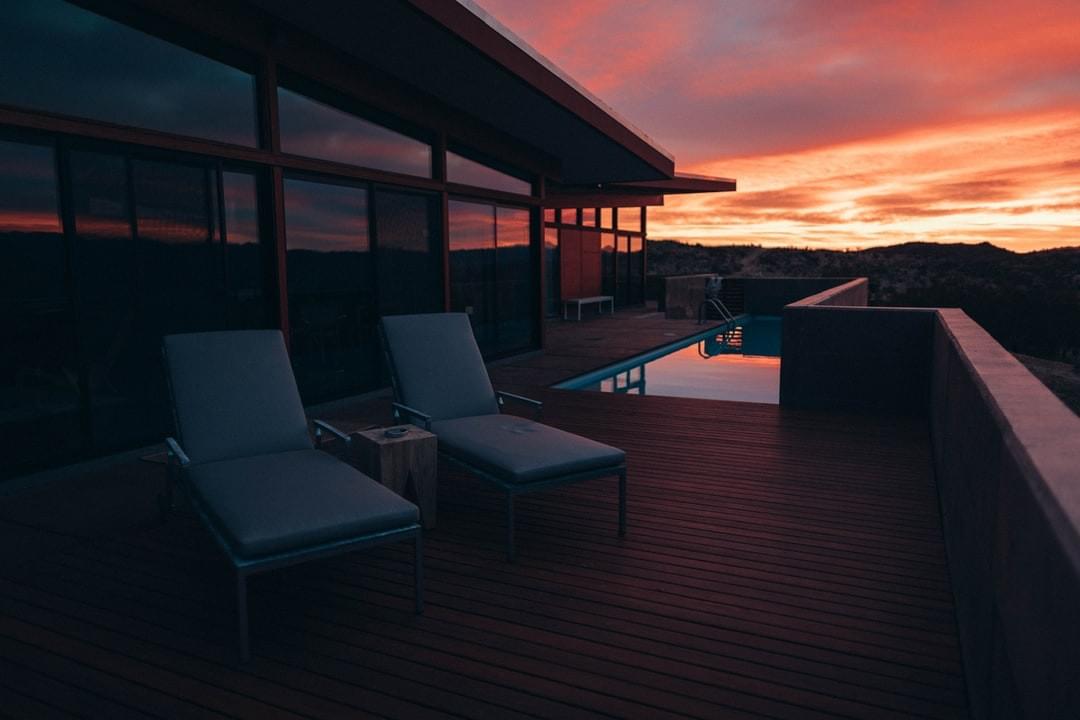
The ipe wood for sale can add a great deal to the appeal of a home, but it can be quite a chore to maintain it properly. The key is to learn the different types of wood and their maintenance requirements so you pick the decking material that best suits your needs. Also, you need to choose the deck material that appeals to you and your family. If there are some things about your home that you don't like, don't be afraid to take them off the list - there are plenty of other options that will work well.
There are many types of wood decking, and some are better than others. Some of the pros are more appealing to homeowners because of their natural look, durability, and low maintenance requirements. One of the main cons is the tendency of algae to form on the surface of the wood. This is not a big problem if the weather isn't going to change, but it is something to consider when choosing a decking material for the kitchen or bathroom. The heartwood or pink heartwood decking material tends to have the least problems with algae, as does the western or yellow heartwood. Learn more about these decks on this page.
One of the most important issues to consider is rotting. Rotting wood does not provide a nice appeal to a home and can damage the beauty of the decking if left untreated for too long. Most decks rot due to moisture exposure, but some forms of decking can rot because of insects. One of the most popular types of wood rot is called heartwood, which usually develops holes from insect bite, sun, or splintering. There are other kinds of wood that may develop holes, such as redwood, elm, and cypress.
Another issue with wood decking is decay, which happens when certain species of wood are in their dormant state. Decay can occur anywhere along the growth ring of the hardwood decking, but it tends to happen in the center, where the most growth occurs. There are several different kinds of natural oils that can be used to help prevent decay from occurring, including lemon, tea tree oil, walnut, and peanut.
The third consideration for decking material is durability and how it withstands the pressure and water. Pressure-treated woods are more durable and resistant to decay and insects, but they are also less expensive and require less maintenance. Pressure-treated woods are sometimes referred to as solid wood. A good pressure-treated wood will have at least 20% percent pitch, and it should have a clear protective ultraviolet protective coating. If you do purchase a pressure-treated wood decking material, you should check its durability against surrounding decking materials.
Wood decking material comes in many different options for different styles and applications. If you have an unusual deck application, consider contacting a contractor who can design and create a deck that will work with your special situation. For example, if you have limited space or an odd-shaped deck, you may want to consider a circular decking option. Regardless of the decking solution you select, remember that your deck adds value to your property and should be considered for its overall value and aesthetic appeal. If you want to know more about this topic, then click here: https://www.ehow.com/how_5006293_care-composite-decking.html.